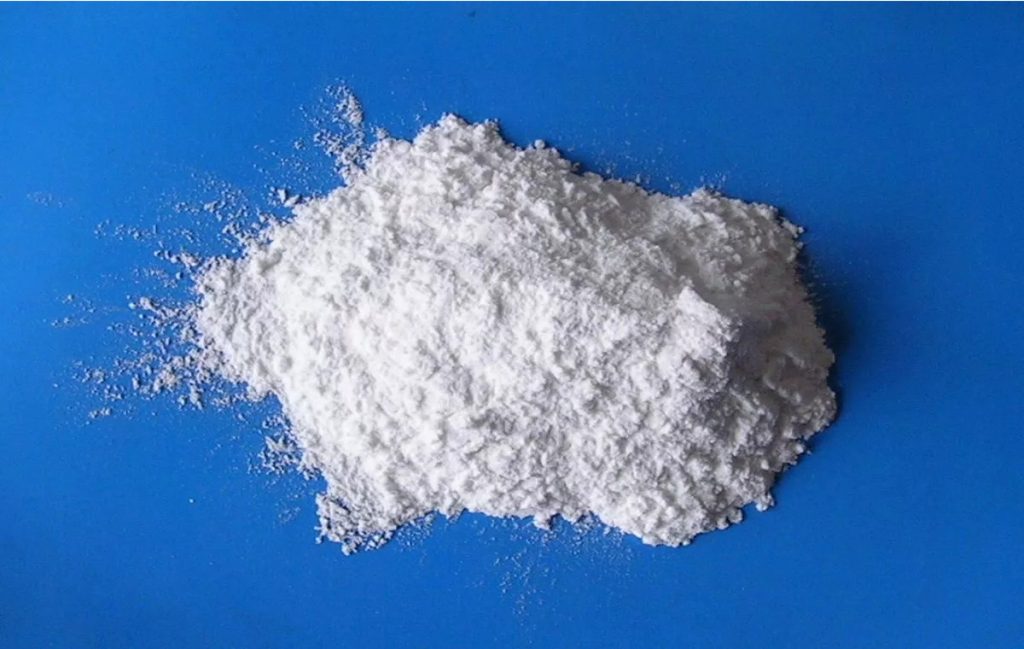The Difference and Application of Calcite and Dolomite

Calcite and dolomite are both carbonate rocks with similar crystal structures. They are common minerals in strata and are abundant in nature. Both can be ground and widely used in many fields, but their composition and uses are very different.
The main components of calcite and dolomite are calcium carbonate, but calcite, a sedimentary rock, is relatively solid, with poor porosity and low permeability, and underground fluids often cannot penetrate well into it. Although dolomite also contains a large amount of calcium carbonate, it also contains a considerable amount of magnesium carbonate. Dolomite has more cracks than calcium carbonate strata, so it has good permeability.
Both calcite and dolomite can be ground and used. Calcite can be ground into powder to obtain heavy calcium carbonate, which is a commonly used powdered inorganic filler. It has the characteristics of high chemical purity, high inertness, not easy to react chemically, and good thermal stability. Therefore, it can be used in rubber, plastic, papermaking, construction (dry mortar, concrete), artificial marble, feed, putty powder coating and other industries. Adding a large amount of calcite powder to rubber can make the rubber’s tensile strength, tear strength and wear resistance better; adding calcite powder to plastic products can play a certain skeleton role, which can not only enhance the stability of the product, but also improve the hardness of the product, the smoothness of the surface, etc.
Dolomite has many uses after being ground into fine powder, among which the most widely used is in the field of coatings. 325 mesh dolomite powder is the main raw material of white powder, and can also produce putty powder and dry mortar. Grinding to more than 800 mesh, the whiteness reaches 95, and after surface treatment, it can be used as a filler for latex paint. Modified dolomite powder is also a filler in the rubber and paper industry, which can improve product performance and reduce costs. Ceramic blanks are also mixed with dolomite powder, which can reduce the firing temperature of the blank and increase the transparency of the blank. In addition, dolomite powder is also an ideal sewage purifier and adsorbent, and can also be used to make snow melting agents.
ALPA ball mill + extension production line integrates grinding and conveying, and can be used to prepare calcite and dolomite ultrafine powder
【Application fields】: building materials, chemicals, metallurgy, coatings, papermaking, rubber, medicine, food and other fields.
【Applicable materials】: bauxite, kaolin, barite, fluorite, talc, slag, lime powder, wollastonite, gypsum, limestone, phosphate rock, calcite, marble, dolomite, potassium feldspar, quartz sand, bentonite, manganese ore and other materials.
